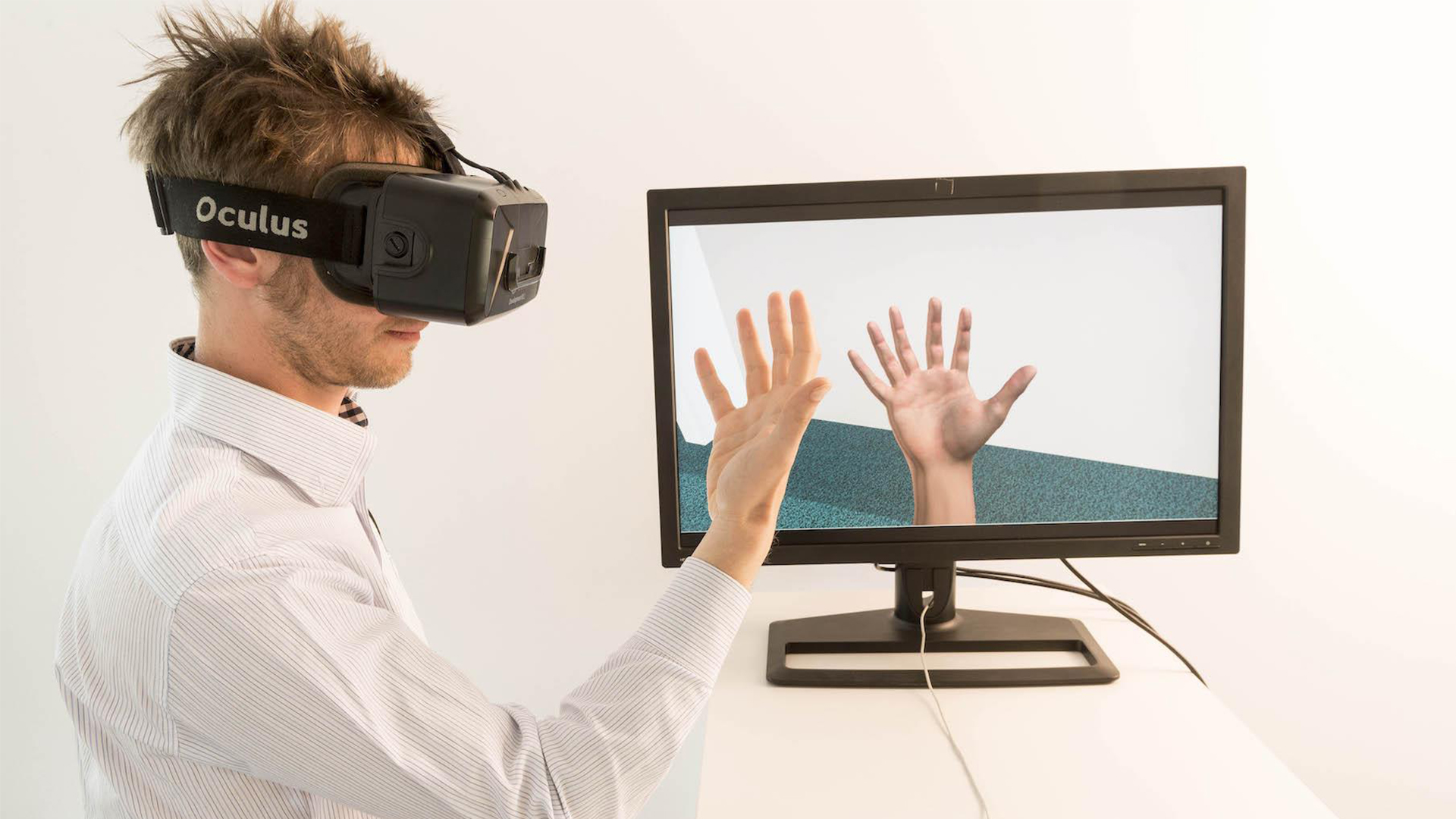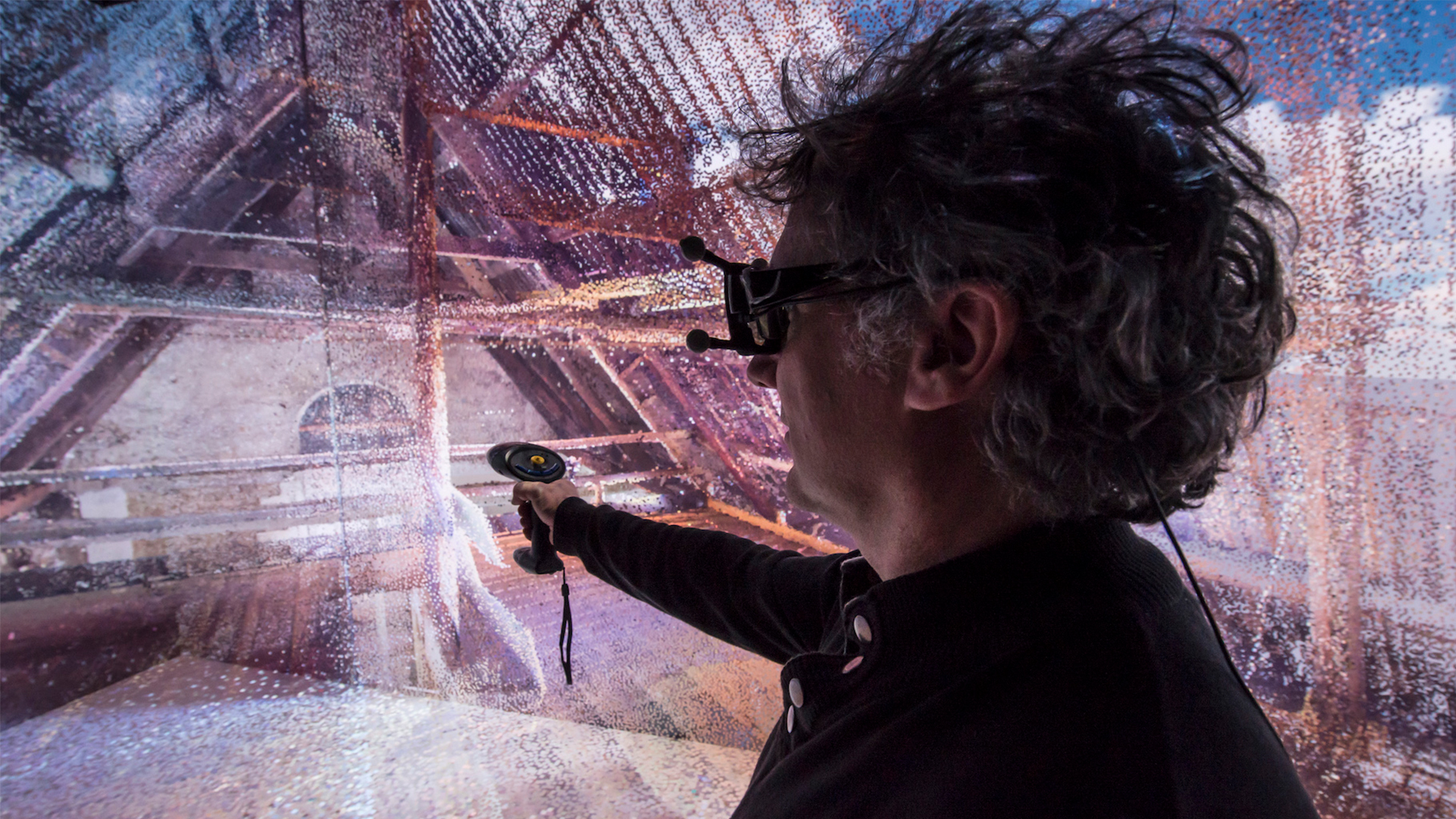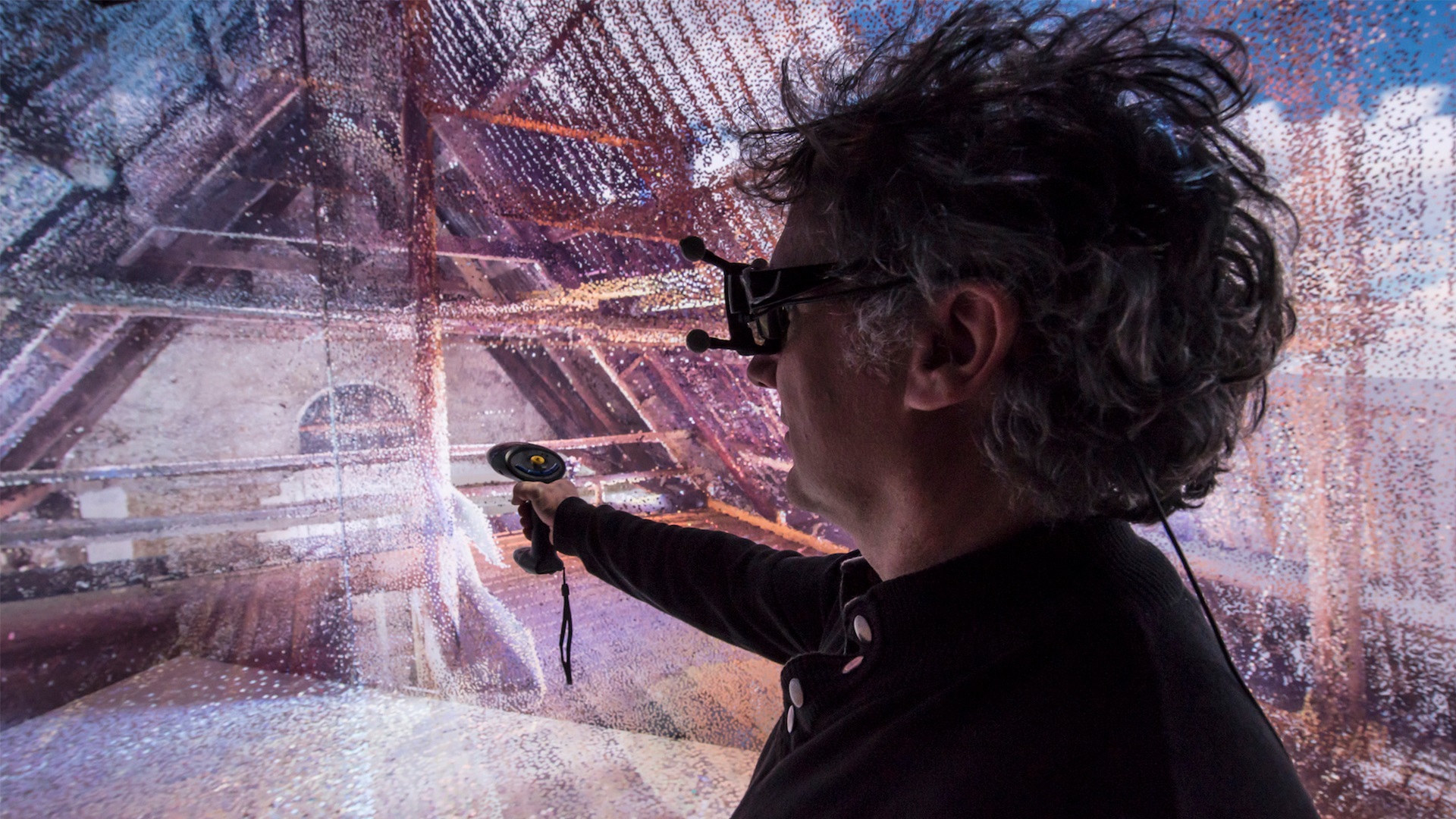A great customer experience leads to happy, connected and loyal customers, who are prepared to buy more, as well as tell people about their positive experience. Speed, convenience and a friendly approach are the key foundations for excellence in customer experience strategies. But in the face of challenges such as increased competition, an increasingly remote, digital environment and changes to customer behaviours and attitudes, how can brands adapt to build strong and future proofed customer experience strategies?
Immersive technologies such as virtual reality may just hold the key, by offering brands the chance to connect with customers in new and compelling ways, helping to build brand loyalty and ultimately increase sales.
How virtual reality works
Virtual reality (VR) creates a simulated space that is totally separate from the physical world. Content is accessed via headsets such as the Oculus Quest 2 or HTC Vive, blocking out the real world entirely for complete and completely immersing users into an imagined environment. Content can vary hugely, from 360 film footage, through to completely computer generated and realistic interactive content.

Top 5 ways VR improves customer experiences
1. Bridging the gap between digital and physical purchasing experiences
Virtual reality can, in effect bridge the gap between the digital and remote space and more traditional ways of buying products and services. Although VR is a digital technology that a customer can access from the convenience of their own front rooms whilst replicating a traditional purchasing experience.
A great example is JLL Residential, a leading global real estate company that uses VR headsets to help potential customers digitally tour properties. Properties can be scrutinised remotely, meaning that potential buyers can explore in as much detail as if they were in the physical room, but from a time and in a space that’s convenient for them. Although it is unlikely to replace all physical viewings, it does give buyers the chance to filter options more effectively than simply viewing 2D photos online. This means that the time and expense of travelling to physical viewings can be significantly reduced.
2. Streamlining purchasing decision making
As customers rate speed and convenience as important factors in a good customer experience, the power of VR can be harnessed to make informed decisions and streamline the purchasing processes. In effect, virtual reality offers customers the chance to try before they buy.
Virtual reality is brilliant for showcasing high value products, bringing a customer’s customised version to life before their eyes to help them make informed decisions. Car manufacturers such as Audi has embraced VR technology to help broaden the customer experience both online and in showrooms. This gives customers the chance to bring their personalised versions of their own future vehicles to digital life, view it in detail and take it on a virtual test drive in a way that isn’t possible in either the digital or physical worlds.
3. Building brand loyalty through emotional and memorable connections
A great experience makes your customers feel valued and connected to your brand. As consumer behaviours are changing within increasingly competitive markets, expectations around your brand’s core values and your products and services are amplifying. Connecting with customers on an emotional level is a central part of any customer experience strategy in order to build positive relationships and brand loyalty – and virtual reality can deliver just that.
By its very nature, virtual reality draws on human experiences and can play on our emotions. A study by VR experts at Stanford University found that VR can help make people more compassionate compared to other media. Brands are increasingly experimenting with virtual reality customer experiences that reflect their brand identity and make deep and meaningful connections with customers. For example, The North Face’s immersive experience gave shoppers the chance to virtually explore Nepal’s landscape of ancient monuments, perfectly aligning the brand with their customers’ love of the great outdoors.
4. Employee training
As PwC’s ‘Experience is everything: Here’s how to get it right’ Report highlights, while digital technologies are great in enhancing customer experiences, human interactions continue to be most highly valued by customers.
Virtual reality can help employees to develop and practice their customer service skills, and in turn, improve the overall customer experiences. Indeed, companies are increasingly recognising the positive impact of VR training employees – and seeing the tangible results. In a recent survey by the Harvard Business Review, leading tax preparation company H&R Block reported that when it introduced a VR training programme as part of its onboarding programme for call centre staff, it helped employees to improve their skills in handling difficult conversations. Crucially, the company saw a 50% decrease in dissatisfied customers and a 9.9% decrease in customer handling times.
5. Data collection to improve products and customer service
Gaining insights into customer behaviours is crucial for all brands looking to tailor products and services to meet the needs of their customers. For example, during interactive experiences, VR hardware can monitor a user’s actions, from choices that they make through to how they act and react during an experience, including biometric data such as eye tracking. This data can inform brands on customer preferences, as well as common issues that customers may face. This can help brands to make informed decisions on potential changes to improve products and services, proactively working to enhance the customer experience.
Could virtual reality work for your customer experience strategy?
Virtual reality customer experiences have the potential to connect with people in exciting and compelling ways. It offers brands a powerful and impactful tool to address the ongoing shift towards consumer digitalisation and the need to monitor and act on customer insights. Virtual reality isn’t without its challenges around adoption, however it has the potential to blend a human approach with digital technology and support employees to create better customer experiences. And that’s a tempting proposition for brands looking to innovate and grow. If you have enquiry about VR and AR, you can contact us,
D2 Studio, our professional team of virtual reality provides you with an effective VR and AR solution!
www.d2studio.work


